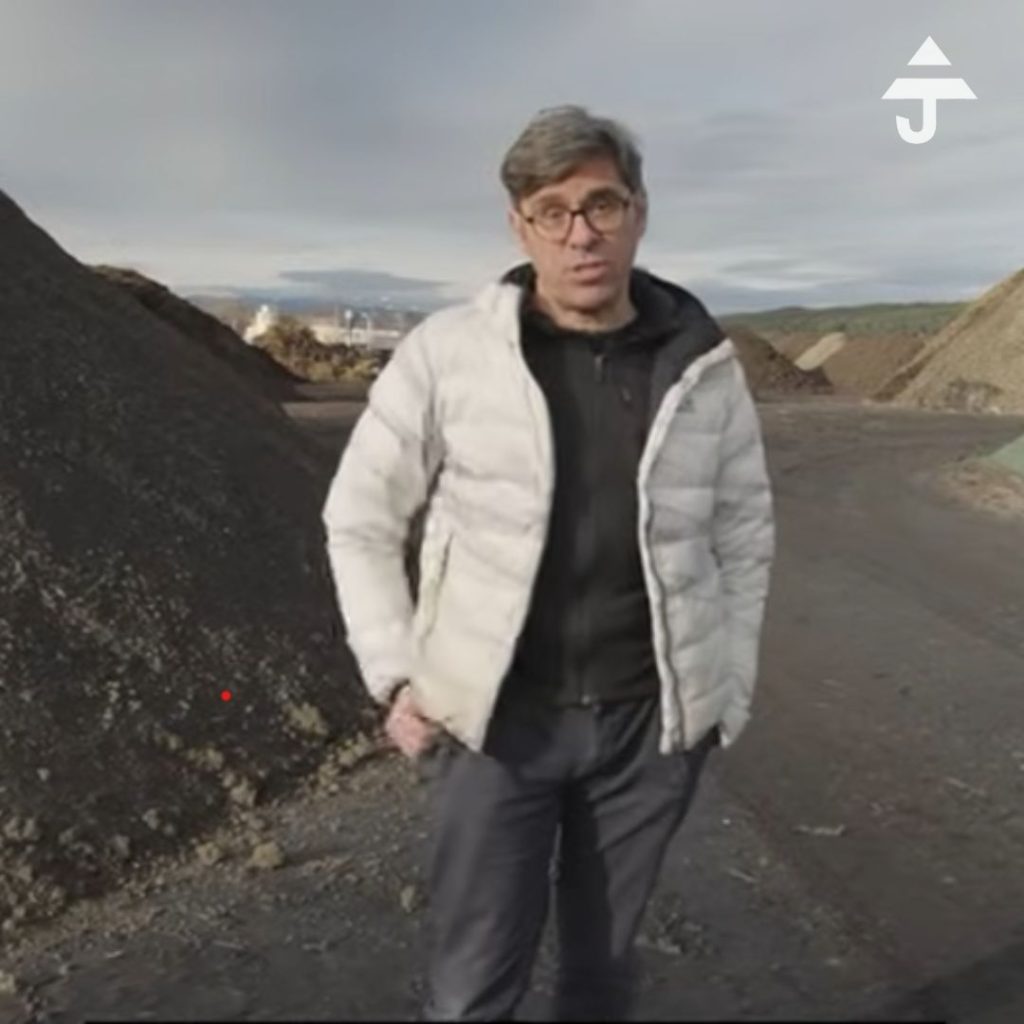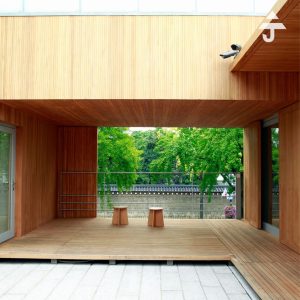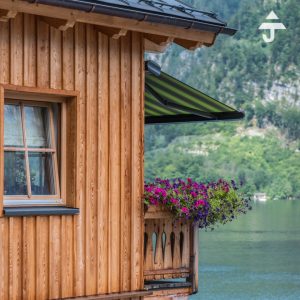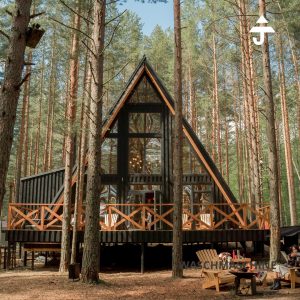Saving the world with biochar - Part 1 "The carbon pump"

"Why don't we let plants save the climate? They can do it!"
Sounds provocative, but that's exactly what it is. Biochar is solid and stable carbon that was previously in the air in gaseous form as CO2.
But how do you make biochar?
Gerald Dunst has built a unique pyrolysis plant for this purpose at his company Sonnenerde in Pinkafeld in Burgenland:
It extracts valuable biochar and ammonium sulphate from biomass waste of all kinds. So far, so normal. But the highlight is sewage sludge drying.
He uses the waste heat from the pyrolysis plant to dry industrial sewage sludge into pellets - this provides Gerald Dunst with a third of his income, but the more important advantage of drying sewage sludge is that the drying process is also the first stage of waste gas cleaning from the pyrolysis plant.
As a second stage, the smoke then goes into an exhaust gas scrubber, where the nitrogen oxides are washed out and ammonium sulphate is extracted. The third stage is then a biofilter - and the cleanest air leaves the chimney on the roof.
In the end, 50% of the carbon that was in the biomass is captured in the charcoal and removed from the atmosphere - this is the "carbon pump" that we urgently need to get climate change under control.
Many thanks to @SonnenerdeYT for the visit.
Click here to go to Andreas Jäger's YouTube channel: YouTube






